The Snowdrop
Now — now, as low I stooped, thought I,
I will see what this snowdrop is;
So shall I put much argument by,
And solve a lifetime’s mysteries.
Walter de la Mare (1873-1956)
The origins of the snowdrop are lost in the mists of time, but it or its ancestors are thought to have originated in the eastern Mediterranean. Although it did not acquire its present botanical name of Galanthus, from the Greek ‘gala’ (milk) and ‘anthos’ (flower) until 1753, when it was thus described by Swedish botanist and taxonomist Carl Linnaeus (1707-1778). The earliest reference to it in literature comes from the Greek Theophrastus (C4 BCE) who named it in his Historia Plantarum as Leucosion (White violet). He also mentioned that the plant was an antidote to poisons, but rather unhelpfully didn’t say which.
Whilst some historian have thought of it as native to Britain or introduced by the Romans, there is no mention of it in English literature until the c16 when it was described in John Gerard’s (1597), ‘General Historie of Plantes’. It is believed that mediaeval monks grew it as a cure for ‘mal à tête’ and today its derivative galantamine is used in the treatment of Alzheimer’s disease. Today many varieties of snowdrop exist, the most common being Galanthus nivalis. Another popular variety is Galanthus Elwesii, named after Henry Elwes (1846-1922), a collector of plants and butterflies who brought it back from N W Turkey and cultivated it at his home, Colesbourne Park in Gloucestershire, which is open to visitors in the snowdrop season.
It is not surprising that a plant flowering so early in the cold dark days of late winter has amassed a certain degree of folklore. Flowering around Candlemas (2nd February) also known as the Feast of the Purification of the Virgin Mary, it has come to symbolise Hope and Purity. At Candlemas snowdrops were brought into church which explains why so many were planted and still grow in churchyards. In the c19, however, because it was found among the headstones, it acquired a reputation as being a harbinger of death and it was considered unlucky to bring snowdrops indoors. In modern times it has been adopted by the people of Dunblane as a symbol of sorrow and hope after the massacre of 1996.
In February each year Snowdrop gardens open around the country, including here in Horstead as well as in Hoveton, in aid if the National Gardens Scheme (NGS). The NGS has its own interesting history. Long before the formation of the NHS in 1948, there was a need to give financial support to District Nursing, a service first developed by Liverpool merchant and philanthropist, William Rathbone, and Florence Nightingale. At a meeting convened in 1887 to co-ordinate national district nursing standards, committee member Miss Elsie Wagg suggested a good fundraiser, considering the Victorians love of gardening, would be to persuade people to open their gardens. The NGS, however, wasn’t founded until 1928, when 609 gardens were opened at one shilling (5p) a head and raised a total of £8,191. In the 1930s those who opened their gardens to the public included Winston Churchill and Vita Sackville- West and the first guidebook was published in 1932. In 1948 the National Health Service took over responsibility for nursing services, but the NGS continued raising money and in 1980 widened its list of beneficiaries. Despite the Covid 19 Pandemic it still managed to raise £2.88m for charity in 2021 and £3,11m in 2022.
If you wish to enjoy the magnificent sight of carpets of snowdrops, why not go this month to the Snowdrop Walk at Horstead House? Situated in a beautiful riverside and woodland setting, it has proved so popular that for the first time it will be open for two consecutive days this year, on the weekend of the 10th and 11th February, 11.00 am to 3.00pm and as before, in aid of the National Gardens Scheme and Horstead Church. The entrance to Horstead House is in Mill Road, next to Horstead Mill. Entry costs £5 per adult. Please note there is only disabled parking within the grounds, so please park in the village and walk, if possible. The house itself is not open to the public, but teas provided by Horstead WI will be served in the walled garden behind the house and the proceeds donated to All Saints’ church. If you would prefer to see the snowdrops at Horstead House without crowds, they are also open from 1st February to 19th February 2024 for private visits. Please email horsteadsnowdrops@gmail.com in advance. £5 per adult and proceeds as before, to National Garden Scheme.
Sources:
The National Gardens Scheme: www.ngs,org,uk
Cambridge Botanical Garden: https://www.botanic.cam.ac.uk/the-garden/gardens-plantings/snowdrops/
Wikipedia: https://en.wikipedia.org/wiki/Galanthus
Wright, John. The Naming of the Shrew: A Curious History of Latin Names. 2015. Bloomsbury, London. Ch VII ‘The Father of Taxonomy.’
Illustrations
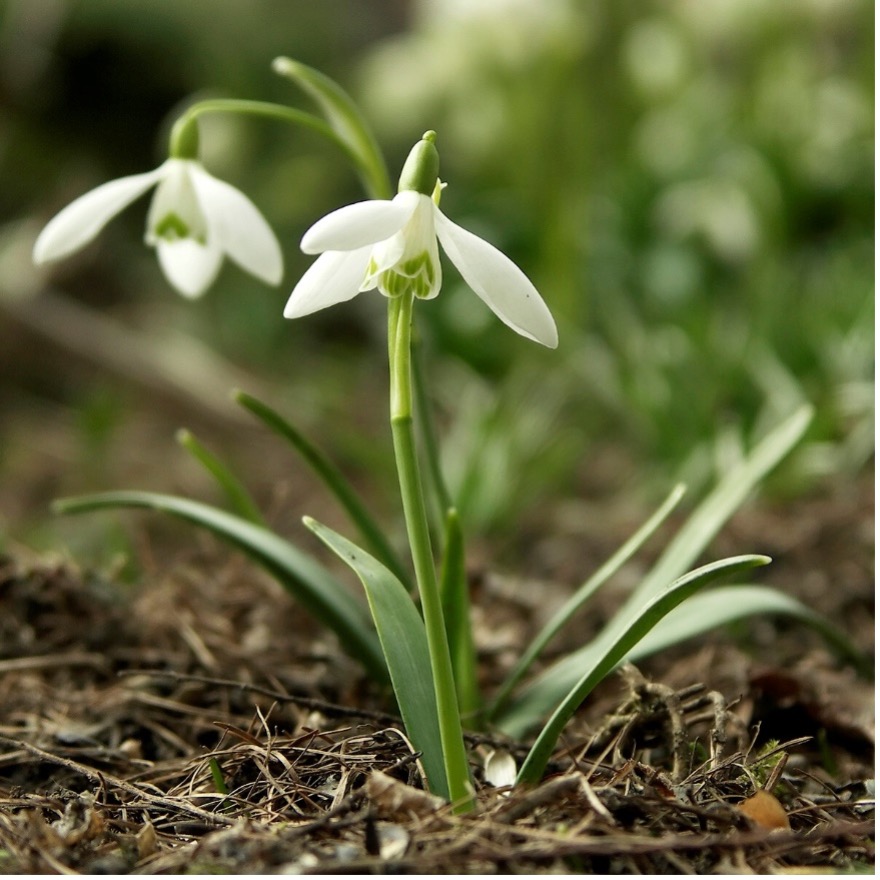
Galanthus Nivalis, the Common Snowdrop.
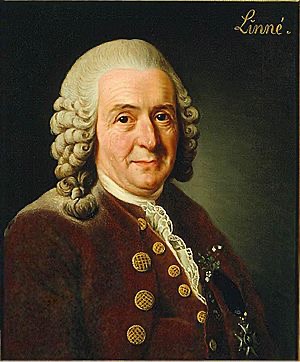
Carl Linnaeus c. 1776
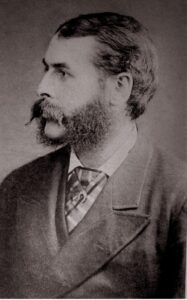
Henry John Elwes
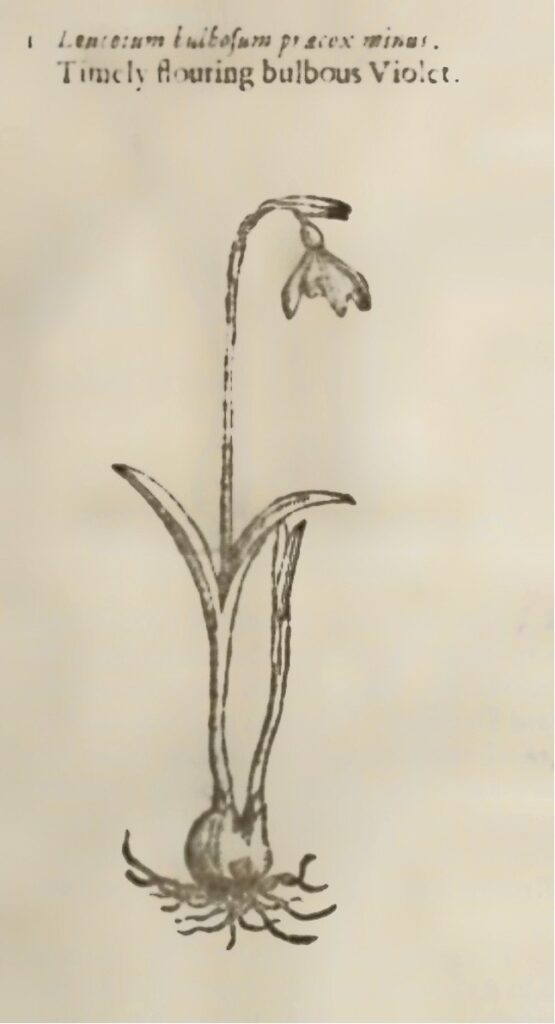
Snowdrop (Leucojum Bulbosum Praecox) from Gerard’s ‘General Historie of Plantes’
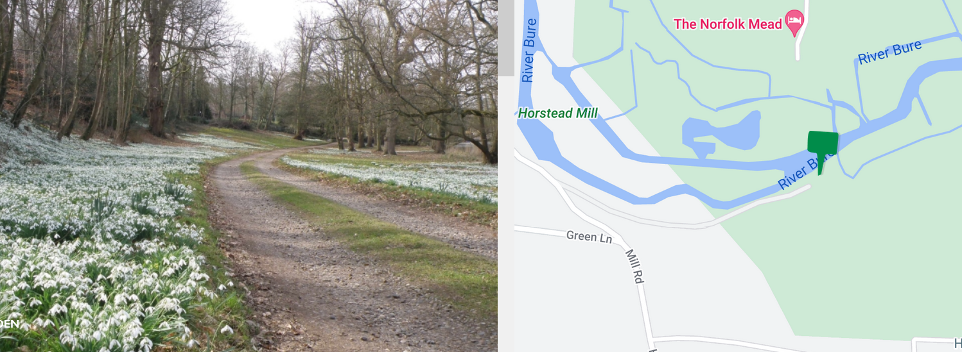
Snowdrops at Horstead House and Location Map
